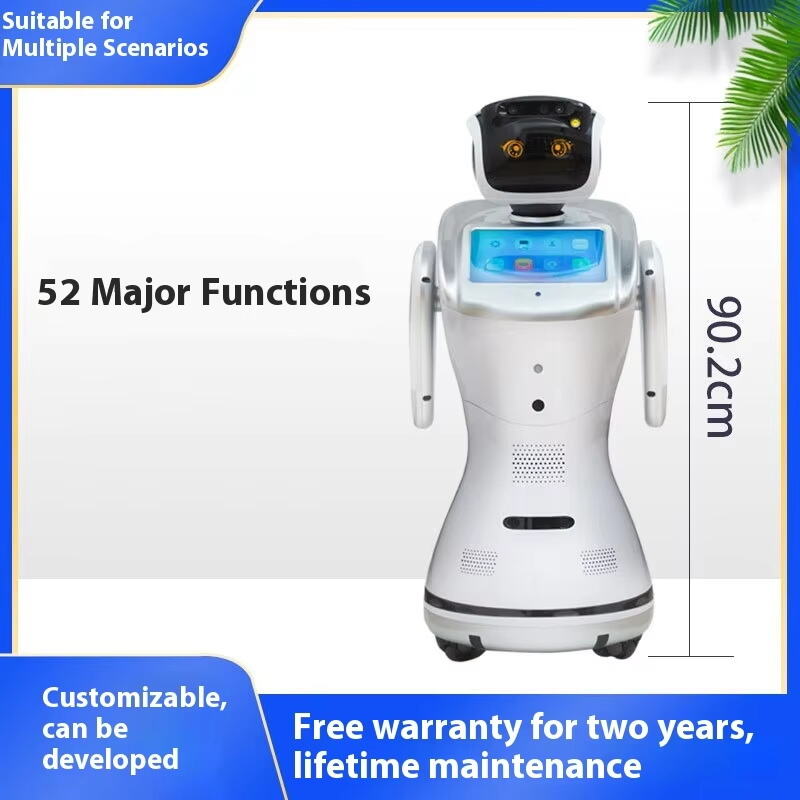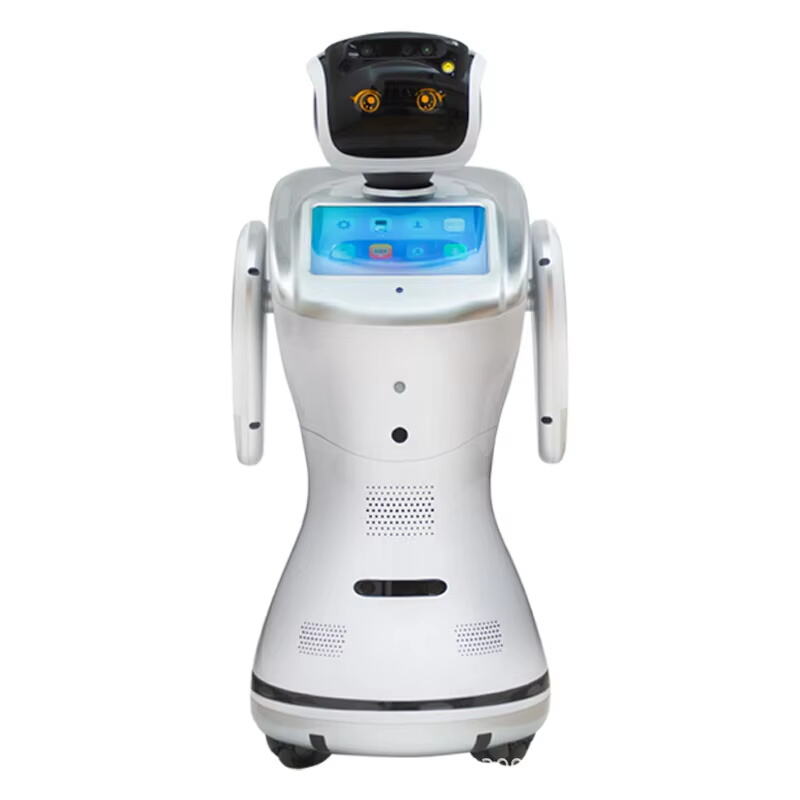The Rise of Robotic Innovation in Modern Healthcare
The healthcare industry is witnessing an unprecedented transformation as medical robots revolutionize patient care, surgical procedures, and medical operations across the globe. From minimally invasive surgeries to automated pharmaceutical dispensing, these sophisticated machines are reshaping the future of medicine. The integration of medical robots into healthcare systems has dramatically improved precision, efficiency, and patient outcomes while reducing human error and recovery times.
As healthcare facilities worldwide embrace this technological revolution, medical robots are becoming increasingly sophisticated, incorporating artificial intelligence, machine learning, and advanced sensors to perform complex procedures with remarkable accuracy. This technological leap forward represents not just an evolution in healthcare delivery, but a fundamental shift in how medical professionals approach patient care and treatment.
Core Applications of Medical Robotics in Healthcare
Surgical Assistance and Precision Operations
The most prominent application of medical robots lies in surgical assistance, where robotic systems enable surgeons to perform complex procedures with enhanced precision and control. These sophisticated platforms provide high-definition 3D visualization, allowing surgeons to see anatomical structures in unprecedented detail. The robotic arms can rotate 360 degrees and make movements that would be impossible for human hands, resulting in smaller incisions, reduced tissue trauma, and faster patient recovery.
Modern surgical medical robots are equipped with tremor-filtering technology, effectively eliminating natural hand tremors and enabling super-precise movements at microscopic scales. This level of precision has proven particularly valuable in delicate procedures such as neurosurgery, cardiac surgery, and microsurgical operations where millimeter-perfect accuracy is essential for successful outcomes.
Rehabilitation and Physical Therapy Support
Rehabilitation robotics has emerged as a game-changing application in physical therapy and recovery programs. These specialized medical robots assist patients in performing repetitive movements necessary for rehabilitation, providing consistent support while collecting valuable data about patient progress. The machines can adjust the level of assistance based on patient performance, ensuring optimal therapeutic benefit while preventing fatigue or injury.
Advanced rehabilitation robots incorporate interactive features and gamification elements, making therapy sessions more engaging and motivating for patients. This technological approach has shown remarkable results in helping stroke survivors, spinal cord injury patients, and individuals recovering from joint replacement surgery regain mobility and function more effectively than traditional methods alone.

Impact on Healthcare Delivery and Patient Care
Enhanced Precision and Reduced Recovery Times
The implementation of medical robots in healthcare settings has led to significant improvements in surgical outcomes and patient recovery. Robotic assistance enables minimally invasive procedures that traditionally required large incisions, resulting in less post-operative pain, smaller scars, and shorter hospital stays. Studies have shown that patients undergoing robot-assisted procedures often experience faster recovery times and reduced complications compared to conventional surgical methods.
The precision offered by medical robots also means that procedures can be performed with greater consistency and reliability. This standardization of surgical techniques helps reduce variability in outcomes and improves the overall quality of care delivered to patients across different healthcare facilities.
Cost-Effectiveness and Operational Efficiency
While the initial investment in medical robots may be substantial, the long-term economic benefits are increasingly evident. These systems help optimize resource utilization, reduce the length of hospital stays, and minimize complications that could lead to readmissions. The efficiency gains in operating room turnover times and the ability to perform more procedures in a given timeframe contribute to better resource management and improved hospital economics.
Furthermore, medical robots can operate continuously without fatigue, enabling healthcare facilities to handle higher patient volumes while maintaining consistent quality standards. This increased efficiency translates into better access to care for patients and improved financial outcomes for healthcare providers.
Future Developments and Emerging Technologies
Integration of Artificial Intelligence and Machine Learning
The next generation of medical robots is being developed with sophisticated AI and machine learning capabilities, enabling them to learn from each procedure and continuously improve their performance. These systems will be able to analyze vast amounts of surgical data to identify patterns and optimize surgical techniques, leading to better patient outcomes and more personalized treatment approaches.
Advanced algorithms are being developed to enable medical robots to make real-time decisions during procedures, adapting to unexpected situations while maintaining safety and efficacy. This evolution towards more autonomous operation will further enhance the capabilities of surgical teams and expand the range of procedures that can be performed with robotic assistance.
Expanding Applications in Telemedicine
The integration of medical robots with telemedicine platforms is opening new possibilities for remote healthcare delivery. Robotic systems equipped with telecommunication capabilities allow specialists to perform procedures and consultations from distant locations, bringing expert care to underserved areas and reducing geographical barriers to healthcare access.
These developments are particularly significant for emergency response scenarios and healthcare delivery in rural or remote locations where specialist expertise may not be readily available. The combination of robotics and telemedicine is creating a more connected and accessible healthcare ecosystem.
Frequently Asked Questions
How Safe Are Medical Robots in Surgery?
Medical robots used in surgery are extensively tested and regulated for safety. They operate under direct surgeon control and include multiple safety features and redundancies. Studies have shown that robot-assisted procedures have safety profiles comparable to or better than traditional surgical approaches, with the added benefits of enhanced precision and reduced invasiveness.
What Training Do Healthcare Professionals Need to Work with Medical Robots?
Healthcare professionals require specialized training to operate medical robots effectively. This typically includes simulation-based training, supervised practice sessions, and ongoing professional development. Most manufacturers provide comprehensive training programs, and many healthcare institutions have established dedicated robotics training centers.
Will Medical Robots Replace Human Healthcare Workers?
Medical robots are designed to complement and enhance human capabilities rather than replace healthcare workers. They serve as sophisticated tools that enable healthcare professionals to perform procedures more precisely and efficiently. The human element remains essential for decision-making, patient interaction, and overall care management.

